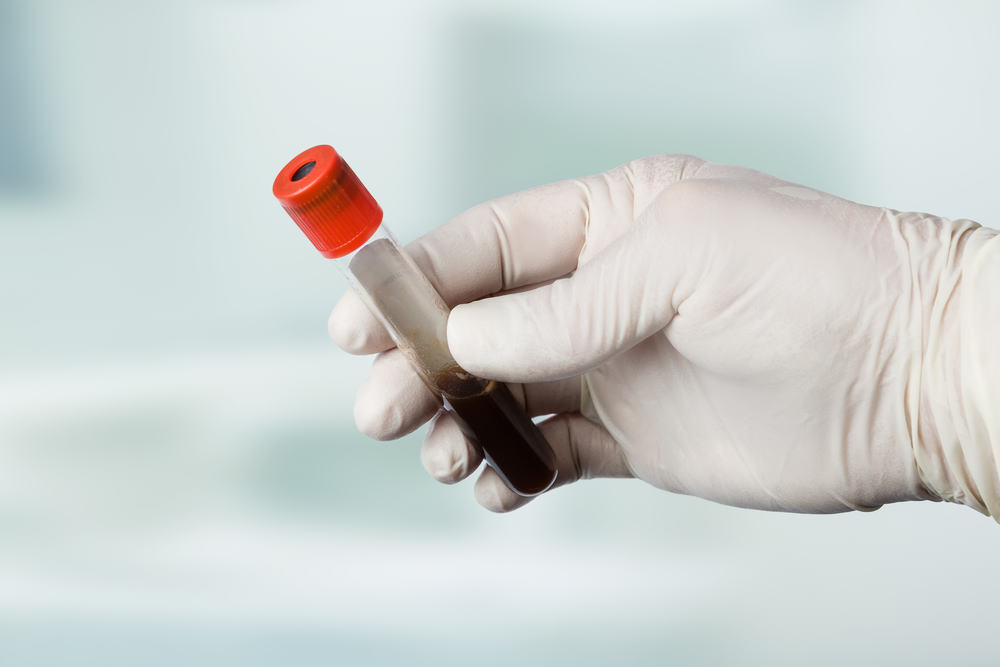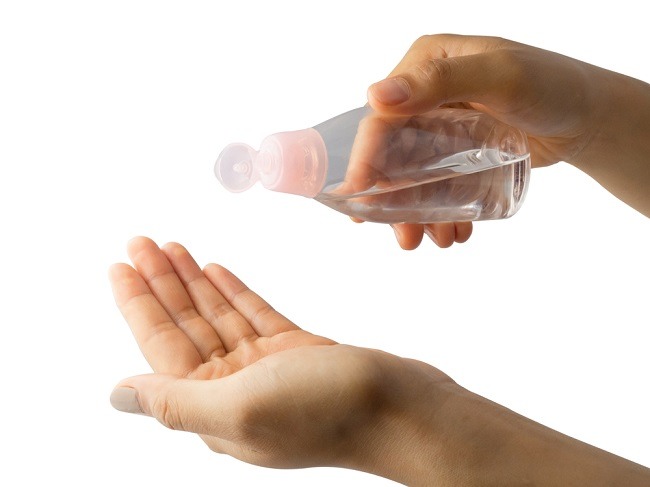There is a lot of information circulating in the community about how to reduce eye minus. However, not all methods that are trusted by the public are scientifically proven effective. So what are the proven safe and effective ways to treat myopia or nearsightedness? Let's see the answer in the following article.
Nearsightedness or nearsightedness is a vision disorder in which the sufferer can see objects that are close clearly, but objects that are far away look blurry.

Myopia, also known as myopia, occurs because the eyeball is too long or the cornea is too curved, so that light from an object that enters the eye is not focused properly on the retina. As a result, distance vision becomes blurry.
It is not known exactly what causes the changes in the structure of the eye that cause the minus eye. However, there are several factors that can increase a person's risk of having minus eyes, namely:
- Genetic factors or having parents or siblings who have minus eyes.
- Habit of reading or looking at the screen gadgets too long.
- Rarely active outside the home.
- Born prematurely, causing an eye disorder called retinopathy of prematurity (ROP).
Minus Eye Treatment Myths and Facts
Many people believe that certain foods can improve vision or treat nearsightedness. Beetroot, aloe vera, and carrots are examples of foods that are believed to have these benefits.
Although these foods contain nutrients that are beneficial for eye health, in fact there is no research that can prove that eating certain foods can improve minus eyes.
Not only food, another way that is also believed to be effective in reducing minus eyes is to remove glasses. Many people believe that wearing glasses actually makes nearsightedness worse. In fact, it is just a myth. Nearsighted people actually need to use assistive devices, one of which is glasses, to improve their vision.
Drying the eyes in the morning, using therapeutic glasses, eye exercises, and sticking betel leaves are also considered to be able to improve minus eyes. As with the two methods previously described, these methods are also not scientifically proven and the benefits are not clearly known as a minus eye treatment.
Recommended Ways to Reduce Minus Eyes
There are several ways that can be used to reduce minus eye. But before that, you need to check with an ophthalmologist first so that the doctor can perform an eye examination and determine how severe your minus eye is.
After that, the doctor can suggest the right steps for treating minus eye. Generally, there are two ways that can be used to treat minus eye, namely:
Use glasses and contact lenses
The use of glasses is the safest method to improve vision in people with nearsightedness. Special lenses on minus glasses work by directing the focus of light precisely on the retina, so that vision will be clearer.
In addition to glasses, nearsightedness can also be corrected with contact lenses, which work in the same way as glasses. It's just that, because the way of wearing it is affixed directly to the eye, the use of contact lenses must be done carefully and always ensured that they are clean.
If not used and cared for properly, contact lens wearers are at high risk of developing eye infections which can worsen the condition or even cause more severe vision problems.
Besides being able to improve vision, both glasses and contact lenses for minus eye also function to prevent the minus eye from getting worse.
Operation
When contact lenses or glasses are not helpful enough or if the minus in the eye is very high, surgery can be an option to reduce minus the eye. This procedure aims to reshape the curvature of the problematic cornea of the eye.
Even so, it is possible that the use of glasses or contact lenses is still needed even after surgery.
One of the most common types of surgery to reduce eye minus is LASIK (laser-assisted in there keratomileusis). In this procedure, the doctor will first make a small incision in the patient's cornea. Then the thin layer in the middle of the cornea will be removed using a laser, so that the shape of the cornea returns to normal and vision improves.
Although LASIK surgery generally has minimal side effects, the possibility of complications still exists. Some of the complications that can occur include:
- Dry eyes.
- Blurred or foggy vision.
- Corneal injury.
- Eye infection.
- There is a circle or easy glare when looking at the light.
- Disturbed vision at night.
- Loss of vision or blindness. However, this complication is very rare.
In addition to LASIK surgery, minus eye can also be treated with SMILE surgery (small Incision Lenticule Extraction). This surgery also uses LASER like LASIK, but with a relatively faster healing time.
To determine how to reduce the minus eye according to the eye condition and the severity of the nearsightedness suffered, the patient needs to consult an ophthalmologist first.
In addition to examining the condition of the eye thoroughly and determining the appropriate treatment, the doctor will also explain what efforts need to be made to maintain eye health and prevent minus eye from getting worse.









